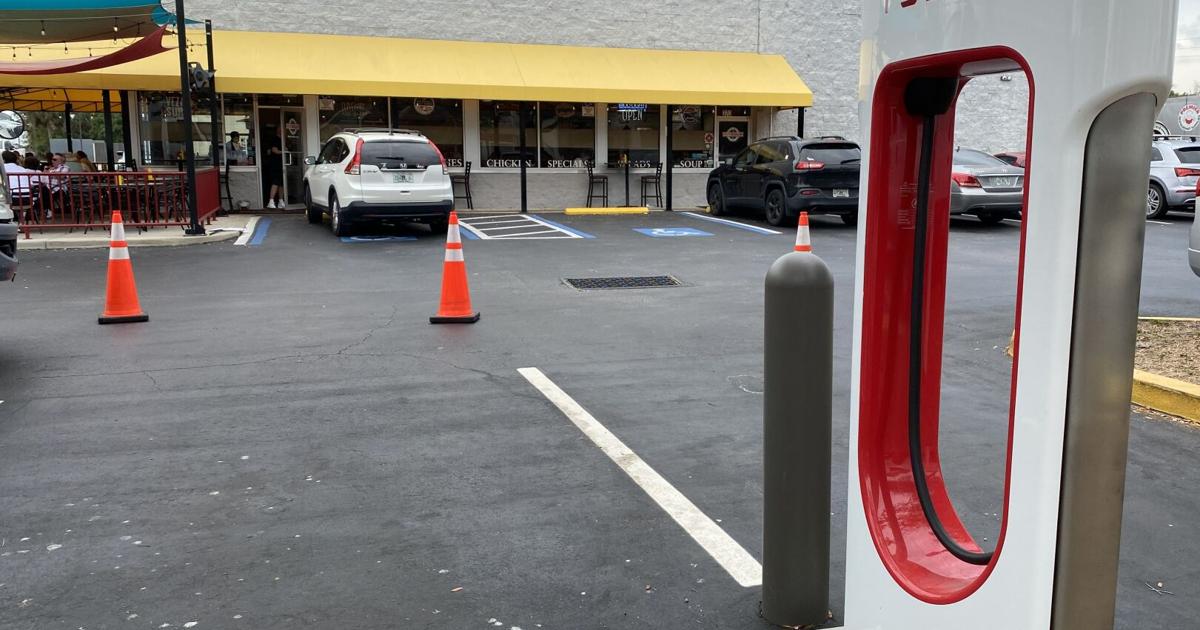The data plates are very clear. 350 kVA AC input per cabinet and 575 kVA DC input per cabinet (DC bus to share power between cabinets and also to support solar and/or battery storage).
If you have 8 stalls at a site that's fed by a 500 kVA transformer with no solar nor battery, how do the charging posts supply more than 500 kW combined?
To supply four vehicles with 250 kW simultaneously, you either need three cabinets (12 stall site in US, 9 stalls in some other countries) on a 1000 kVA transformer OR a two power cabinets with enough solar and/or battery storage to make up for where the AC input falls short.



